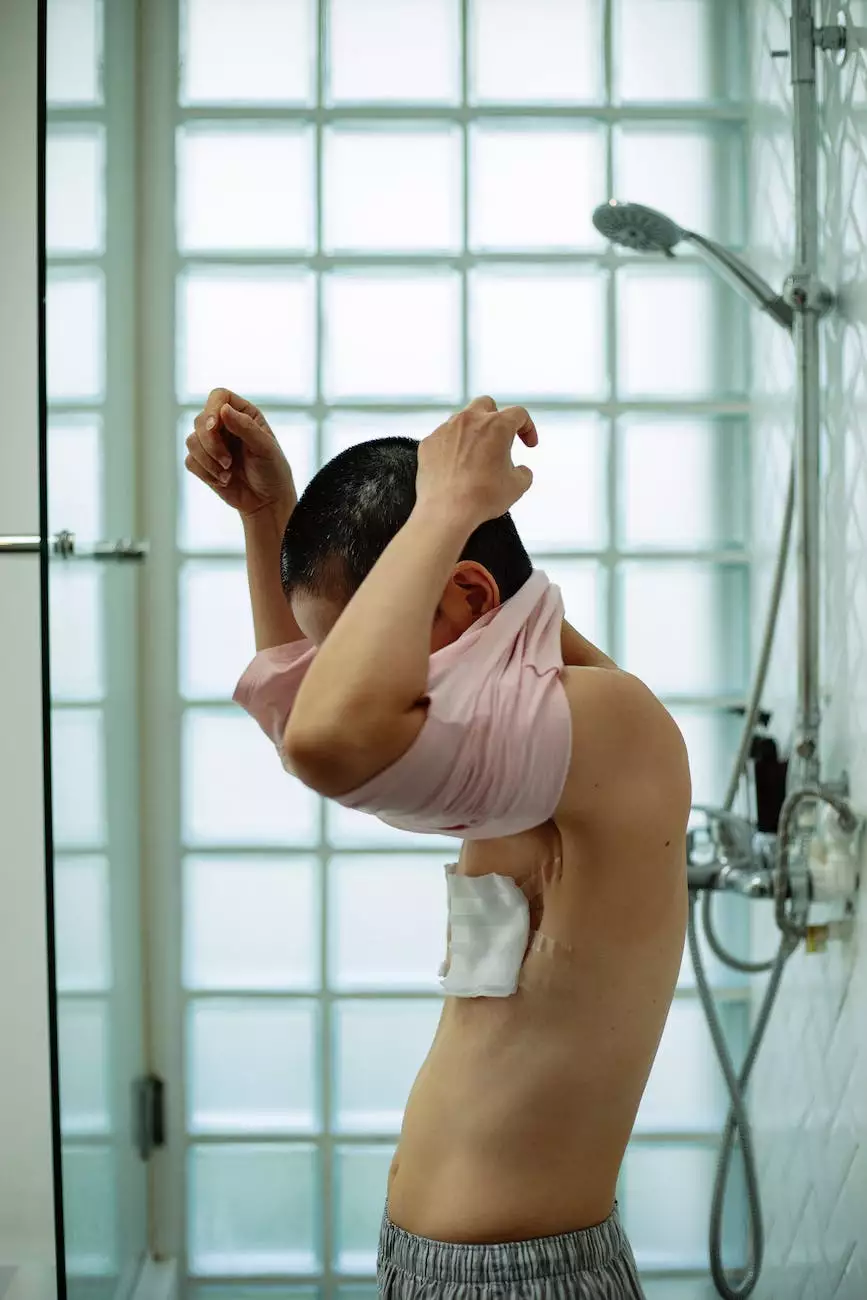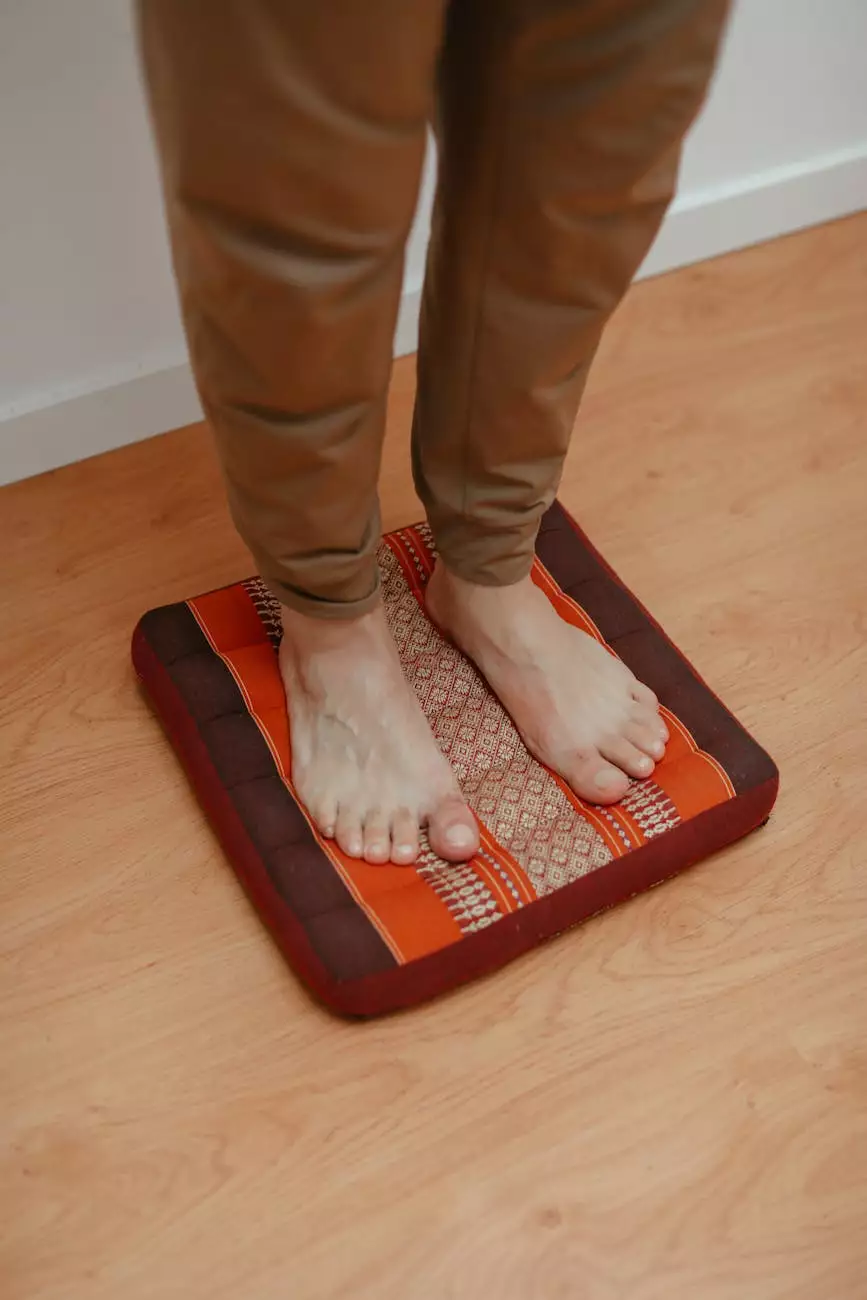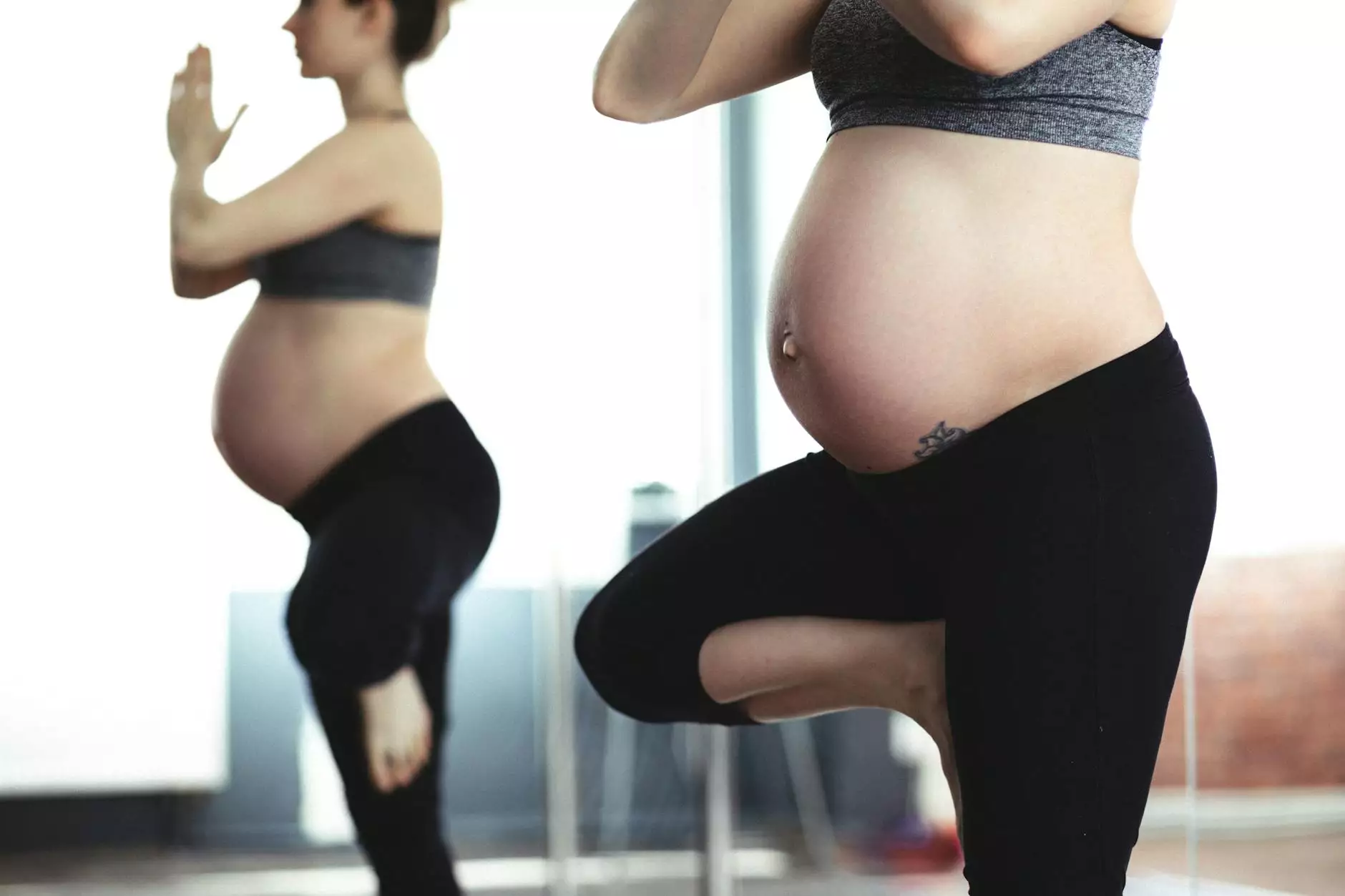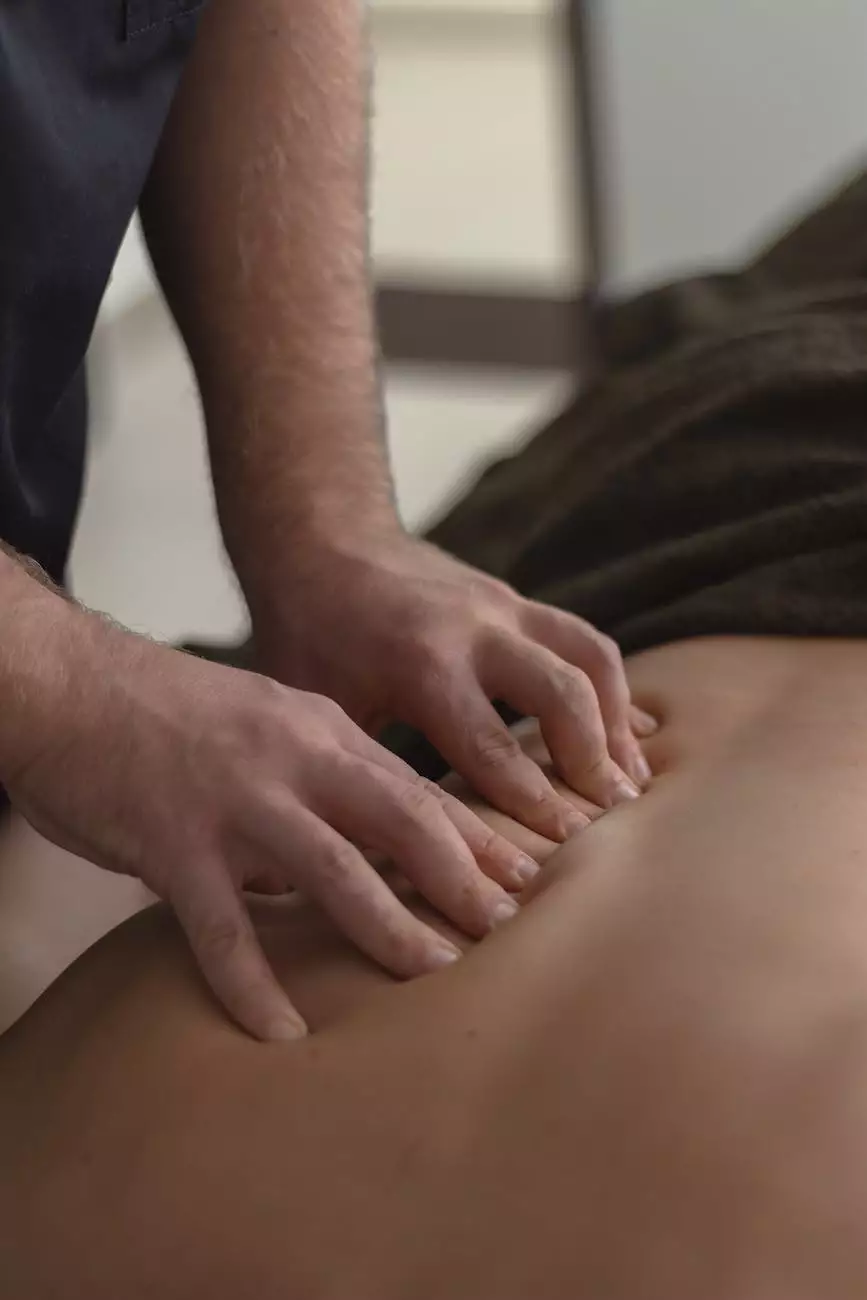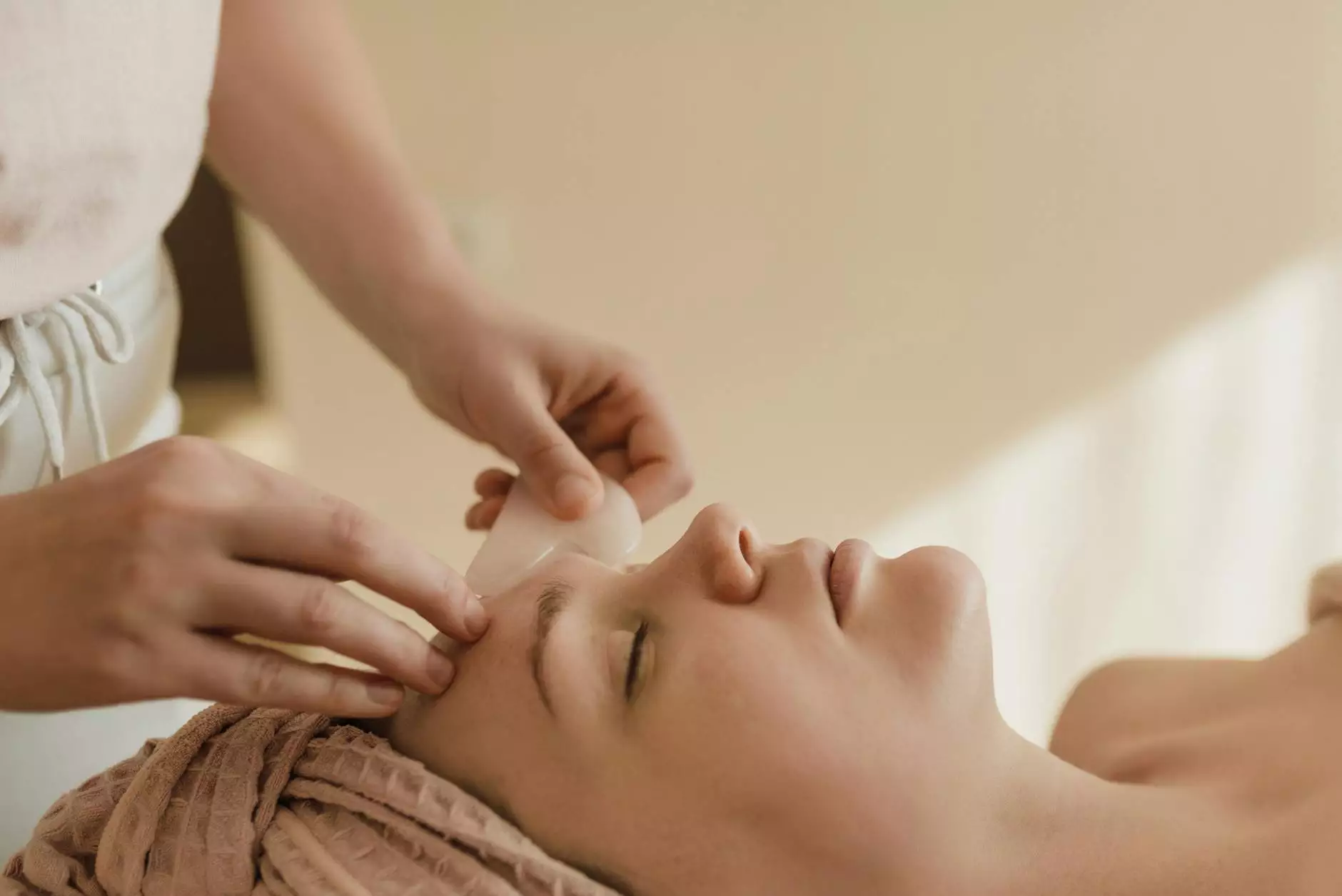Is it Normal for Knees to Hurt During Squats?
Fitness Classes
Welcome to Sheridan Movement Studios, your trusted resource for arts and entertainment performing arts. We understand that performing at your best requires a healthy body and mind. In today's post, we aim to answer the question: "Is it normal for knees to hurt during squats?"
The Importance of Proper Squat Form
Squats are a fantastic exercise that engages multiple muscle groups and promotes strength and stability. However, it is crucial to prioritize correct form to minimize the risk of injury, particularly to your knees.
When performing squats, it is essential to maintain a neutral spine, engage your core, and distribute your weight evenly across your feet. Additionally, your knees should align with your toes, ensuring proper tracking and reducing excessive stress on the joint.
Possible Causes of Knee Pain during Squats
If you experience knee pain during squats, it could be attributed to various factors. Understanding the potential causes can help you address and prevent discomfort in the future:
1. Incorrect Form
One of the most common reasons for knee pain during squats is incorrect form. Poor alignment, such as allowing your knees to collapse inward or pushing them too far forward over your toes, places undue stress on your knee joint.
Ensure proper squat form by keeping your chest lifted, hips back, and knees in line with your toes throughout the movement. If needed, consult with a qualified fitness professional to assess and improve your form.
2. Tight Muscles
Tight muscles, particularly in the lower body, can also contribute to knee pain during squats. When certain muscles are tight, they can pull on the joint, causing discomfort during movement. It is crucial to prioritize flexibility and release tension in the muscles surrounding the knee.
Consider incorporating regular stretching exercises, yoga, or foam rolling into your workout routine to improve flexibility and alleviate tightness. Targeted stretches for the quadriceps, hamstrings, and calves can be particularly beneficial.
3. Weak Muscles
On the other hand, weak muscles, including the quadriceps, glutes, and hips, can also lead to knee pain during squats. When these muscles are not sufficiently strong to stabilize the knee joint, excessive stress can be placed on the knees.
Add strengthening exercises to your workout regimen to specifically target these muscle groups. Squats, lunges, deadlifts, and hip thrusts are effective exercises for building strength and stability in the lower body.
4. Previous Injuries or Conditions
Individuals with prior knee injuries or underlying conditions, such as arthritis, may be more prone to experiencing knee pain during squats. It is crucial to listen to your body and work within your limitations.
If you have a history of knee issues or pre-existing conditions, it may be beneficial to seek guidance from a healthcare professional or a specialized trainer who can tailor exercises to your specific needs and help you prevent further discomfort.
Preventing Knee Pain during Squats
While knee pain during squats can be discouraging, the good news is that there are steps you can take to prevent it. Incorporate the following tips into your squatting routine to minimize knee discomfort:
1. Warm-Up Adequately
Prior to starting your squatting session, engage in a thorough warm-up to increase blood flow, raise the body's temperature, and prepare your muscles for exercise. Dynamic stretches, such as leg swings and lunges, can be particularly beneficial in targeting the lower body.
2. Gradually Increase Intensity
If you are new to squats or increasing the weight or intensity of your training, it is crucial to progress gradually. Overloading your body beyond its capabilities can lead to injuries, including knee pain.
Ensure that you are comfortable and confident with proper form before adding additional resistance. Remember, fitness is a journey, and taking the time to build a solid foundation will benefit you in the long run.
3. Focus on Strengthening Exercises
As mentioned earlier, strengthening exercises are key to preventing knee pain during squats. Incorporate targeted exercises into your routine to strengthen the muscles surrounding your knees, such as squats, lunges, and glute bridges.
Additionally, improving overall lower body strength through activities like cycling and stair climbing can provide extra support and stability to your knees.
4. Listen to Your Body
It's important to pay attention to any discomfort or pain during squatting exercises. If you experience persistent or worsening knee pain, consider reducing the intensity, taking a break, and seeking advice from a healthcare professional.
Remember, your body's health and well-being should always be the top priority.
Conclusion
In conclusion, experiencing knee pain during squats is not uncommon, but it is essential to address the issue promptly and take appropriate measures to prevent future discomfort. By focusing on proper form, addressing tight and weak muscles, and seeking professional guidance when necessary, you can continue to enjoy the benefits of squats while minimizing the risk of knee pain.
Sheridan Movement Studios is your go-to resource for all things related to arts and entertainment performing arts. We provide valuable information and resources to help you excel in your artistic endeavors while promoting a healthy and well-balanced lifestyle.
Remember, a strong and agile body is crucial for any performer. Stay tuned for more informative articles and resources from Sheridan Movement Studios.

